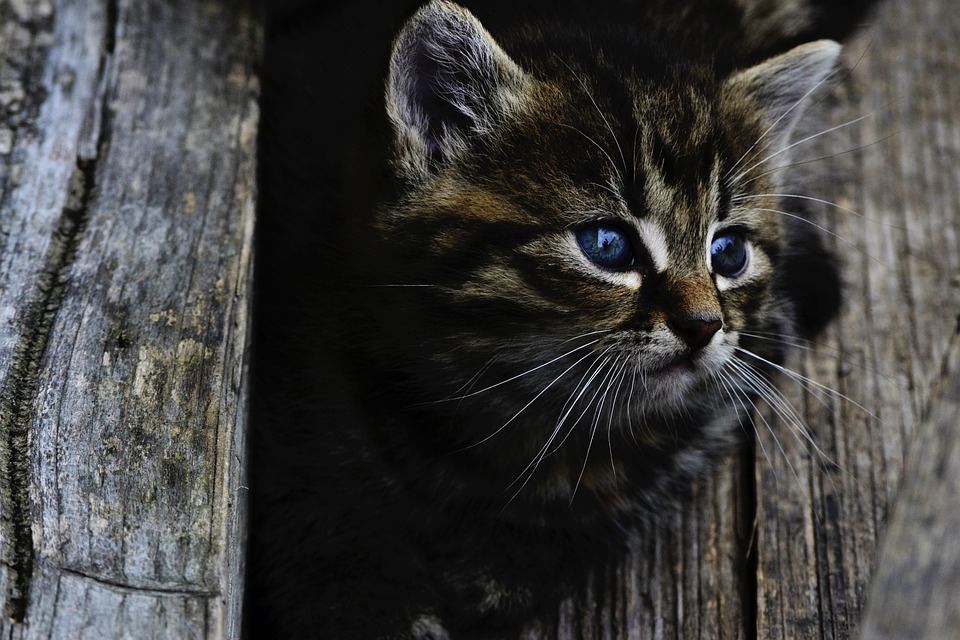As a cat owner, it’s essential to be aware of potential eye problems that can affect your feline companion. Cats are prone to various eye conditions, some of which may require prompt attention to prevent complications. Understanding the causes, symptoms, and treatment options for common cat eye problems can help you ensure your furry friend’s ocular health. In this article, we will explore several frequently encountered cat eye problems and provide insights into their management.
1. Conjunctivitis: Red, Inflamed Eyes
Conjunctivitis, the inflammation of the conjunctiva (the thin, transparent tissue covering the inner surface of the eyelids and the white part of the eye), is a common cat eye problem. It can be caused by allergens, irritants, bacterial or viral infections, or underlying health conditions. Symptoms include redness, discharge, squinting, and increased tear production.
To treat conjunctivitis, the underlying cause must be determined. If it’s due to an allergen or irritant, removing the source and using saline eye drops to flush the eyes can help. Bacterial conjunctivitis may require antibiotic eye drops or ointments, while antiviral medications are used for viral cases. In some instances, systemic treatment may be necessary if an underlying condition is present.
2. Corneal Ulcers: A Painful Affliction
Corneal ulcers, or open sores on the cornea (the clear front surface of the eye), are a serious cat eye problem that can lead to vision loss if left untreated. Ulcers can be caused by trauma, foreign bodies, viral infections, or underlying health conditions. Symptoms include squinting, excessive blinking, tearing, redness, and a cloudy or opaque appearance of the cornea.
Immediate veterinary attention is crucial for corneal ulcers. Treatment may involve antibiotic or antiviral eye drops, pain relief medication, and in severe cases, may require surgery. Preventing further damage by using a protective collar and ensuring your cat doesn’t aggravate the eye is important during the healing process.
3. Glaucoma: Increased Intraocular Pressure
Glaucoma is a condition characterized by increased pressure within the eye, leading to optic nerve damage and potential vision loss. It can be primary (genetic predisposition) or secondary to other eye problems or diseases. Symptoms include dilated pupils, cloudiness or bluish tint in the cornea, redness, pain, and vision deterioration.
Immediate veterinary attention is crucial for glaucoma. Treatment options may include medications to reduce intraocular pressure, pain relief, and in severe cases, surgery to control the condition. Regular monitoring is essential to manage glaucoma effectively.
4. Uveitis: Inflammation of the Uvea
Uveitis refers to inflammation of the uvea, the middle layer of the eye, which includes the iris, ciliary body, and choroid. It can be caused by trauma, infections, autoimmune diseases, or underlying health conditions. Symptoms include redness, squinting, sensitivity to light, excessive tearing, and changes in iris color.
Prompt veterinary attention is necessary for uveitis. Treatment may involve addressing the underlying cause, administering anti-inflammatory medications (such as eye drops or systemic drugs), and managing any associated complications.
FAQs about Cat Eye Problems
Q1: Can cat eye problems be prevented?
A1: While it may not always be possible to prevent all eye problems, maintaining good overall feline health, ensuring a clean living environment, and regular veterinary check-ups can help identify and address issues early on.
Q2: Are all cat eye problems treatable?
A2: Many cat eye problems are treatable, especially when detected early. However, some severe conditions, such as advanced glaucoma or extensive corneal damage, may lead to irreversible vision loss despite treatment efforts.
Q3: How can I keep my cat’s eyes clean?
A3: Regularly wiping around your cat’s eyes with a soft, damp cloth can help keep their eyes clean. Be gentle and avoid using any harsh substances or products not recommended by your veterinarian.
Remember, if you notice any changes in your cat’s eyes or suspect an eye problem, it’s crucial to consult a veterinarian promptly. Timely intervention can make all the difference in preserving your feline friend’s vision and overall eye health.








